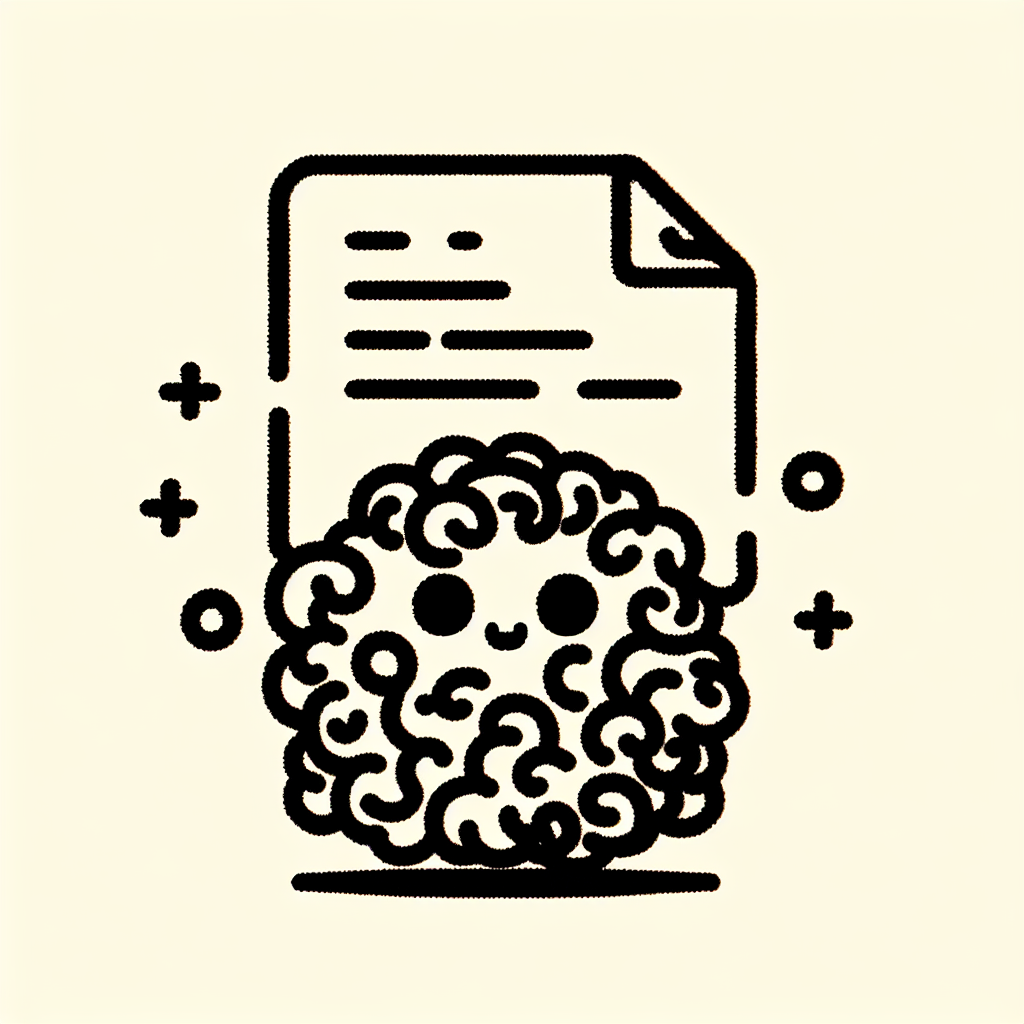Preparation and Planning
Start Early
Starting the personal statement months in advance is essential. This early start allows time to brainstorm ideas, develop multiple drafts, revise thoroughly, and seek feedback from trusted sources. Rushing the process often leads to generic or unfocused statements. As noted by Wayne State University, beginning early gives applicants the time needed to reflect and produce a compelling narrative that aligns with their goals (Wayne State University – Five Tips for Personal Statements).
Understand the Purpose
A critical personal statement writing tip is to understand its purpose. The personal statement is your opportunity to present who you are beyond transcripts and test scores. It should explain your motivations, experiences, and goals in a way that complements the rest of your application. Understanding what the institution values can help you emphasize the right qualities and experiences.
Know Your Audience
Tailoring your personal statement to each institution or program is a key strategy. Consider the program’s values, curriculum, and faculty interests, and align your content accordingly. This demonstrates genuine interest and fit. As emphasized by Michigan State University’s James Madison College, writing with your audience in mind ensures your statement resonates with reviewers (Michigan State University James Madison College – How to Write a Personal Statement).
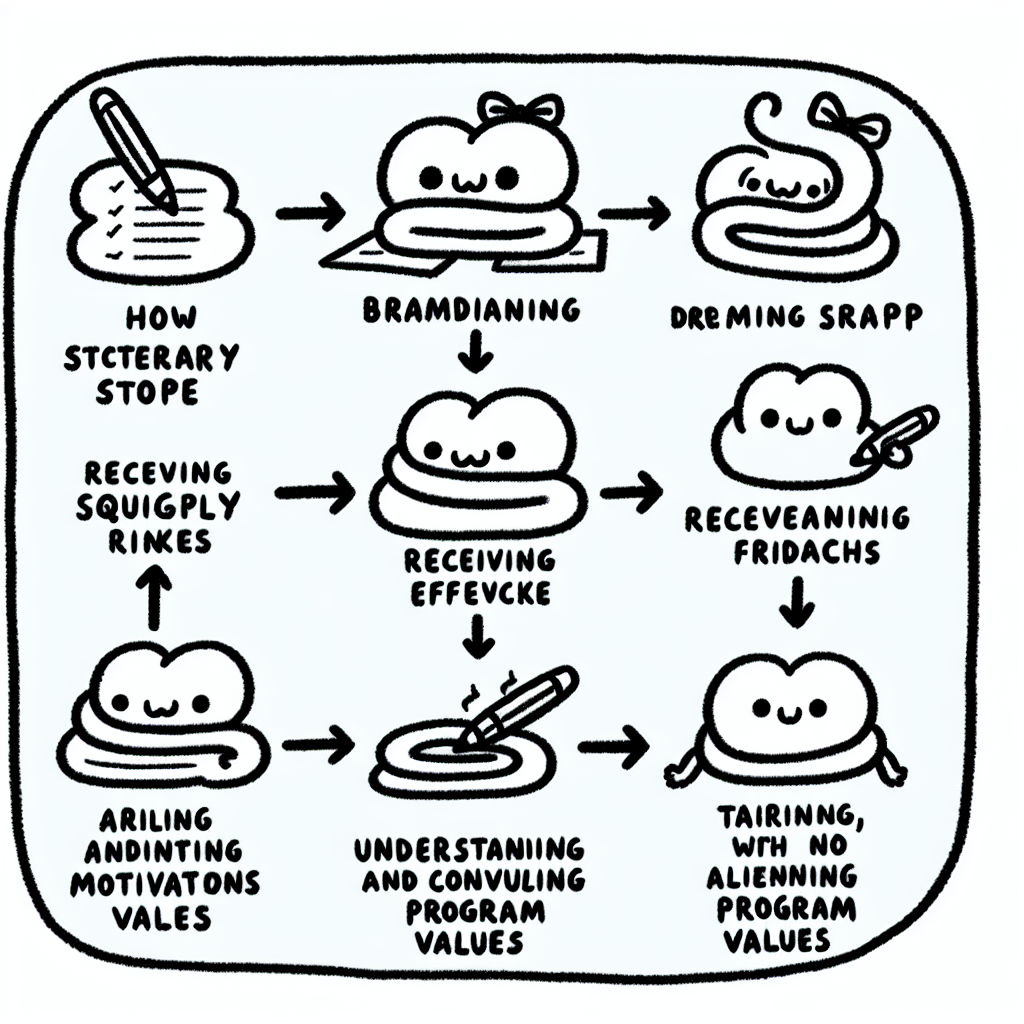
Generating Ideas
Reflect on Personal Experiences
A strong personal statement starts with meaningful self-reflection. Use tools like journaling or mind mapping to uncover significant life events, challenges, or achievements that have influenced your personal or academic growth. Pinpointing the moments that shaped your goals can provide authentic content for your narrative. This process helps ensure your statement is grounded in real experiences that convey commitment and motivation. According to the University of Minnesota School of Public Health – Personal Statement Writing Tips, reflecting on defining experiences helps applicants create more compelling and focused statements.
Select a Focused Theme
Once you've gathered ideas, narrow them down to one or two core themes. This focus allows you to build a cohesive story rather than a disconnected list of accomplishments. Avoid the temptation to include your entire life history. Instead, select experiences that best illustrate your central message and support your application goals. The Purdue OWL – Top 10 Rules and Pitfalls advises applicants to limit their scope and maintain a clear theme to avoid diluting the impact of their personal statement.
Using these personal statement writing tips to guide your brainstorming phase will lead to a more focused and authentic narrative.

Structuring Your Statement
An effective personal statement depends heavily on solid structure. Applying key personal statement writing tips when organizing your content ensures clarity and impact throughout your essay.
Craft a Strong Introduction
Begin with a compelling hook—an anecdote, moment of realization, or unique perspective that immediately captures attention. This not only draws the reader in but also sets the tone for the rest of your statement. Directly following the hook, clearly articulate your academic or professional goal. This gives the reader a roadmap of your purpose and direction.
Develop Coherent Body Paragraphs
Each body paragraph should connect to your main theme and build upon it logically. Focus on experiences that demonstrate personal growth, learning, and a clear sense of purpose. Highlight skills or attributes that align with the values of the program you're applying to. For example, if the program emphasizes leadership, illustrate how a specific experience helped you develop that quality. Consistency and logical flow between paragraphs enhance your narrative's effectiveness.
Conclude with Impact
In your conclusion, reflect on your journey and show how your experiences have prepared you for the next step. Reaffirm your enthusiasm and readiness for the program. To leave a lasting impression, consider echoing the introduction—this not only brings your statement full circle but reinforces your central message. Keeping these personal statement writing tips in mind will help you structure a statement that is both persuasive and memorable.
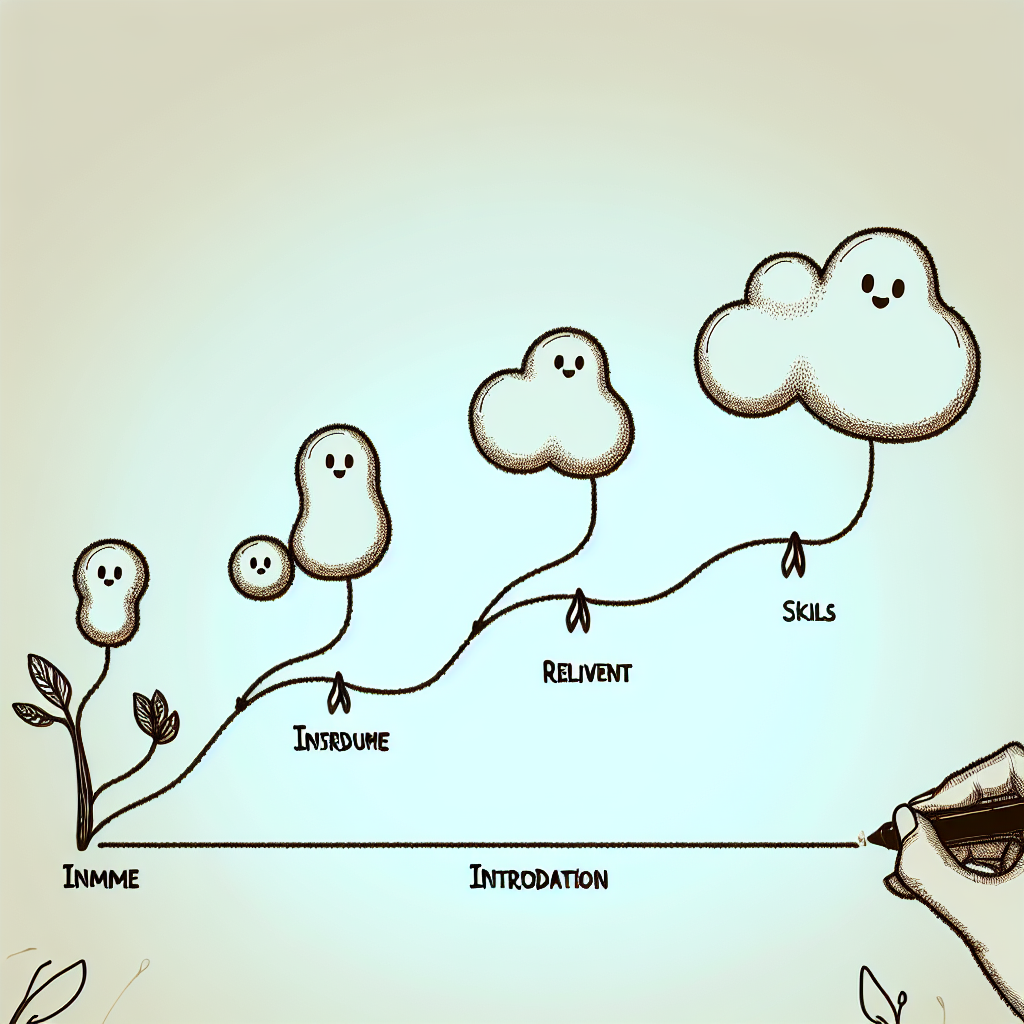
✍️ Writing Style and Tone
Be Professional Yet Personal
When writing a personal statement, it's important to maintain a formal tone while still allowing your authentic voice to come through. Admissions committees are looking for clarity and professionalism, so avoid slang, jargon, and overly casual language. Instead, use clear and precise language that reflects your personality and maturity. According to Wayne State University – Five Tips for Personal Statements, striking the right balance between professionalism and personal insight helps create a stronger, more memorable impression.
Be Honest and Authentic
One of the most essential personal statement writing tips is to be genuine. Your statement should reflect your real motivations, values, and goals—not what you think the admissions committee wants to hear. Authenticity helps you stand out and allows your application to resonate on a deeper level. As emphasized by the Purdue OWL – Top 10 Rules and Pitfalls, exaggeration or insincerity can weaken your credibility.
Show, Don’t Just Tell
Rather than just listing traits like resilience or leadership, use specific, concrete examples to illustrate them. Show the admissions committee how you’ve demonstrated these qualities through actions or experiences. Concise storytelling can create vivid imagery and make your personal statement more engaging and memorable. This approach reinforces your message and adds depth to your narrative, making it more persuasive and relatable.
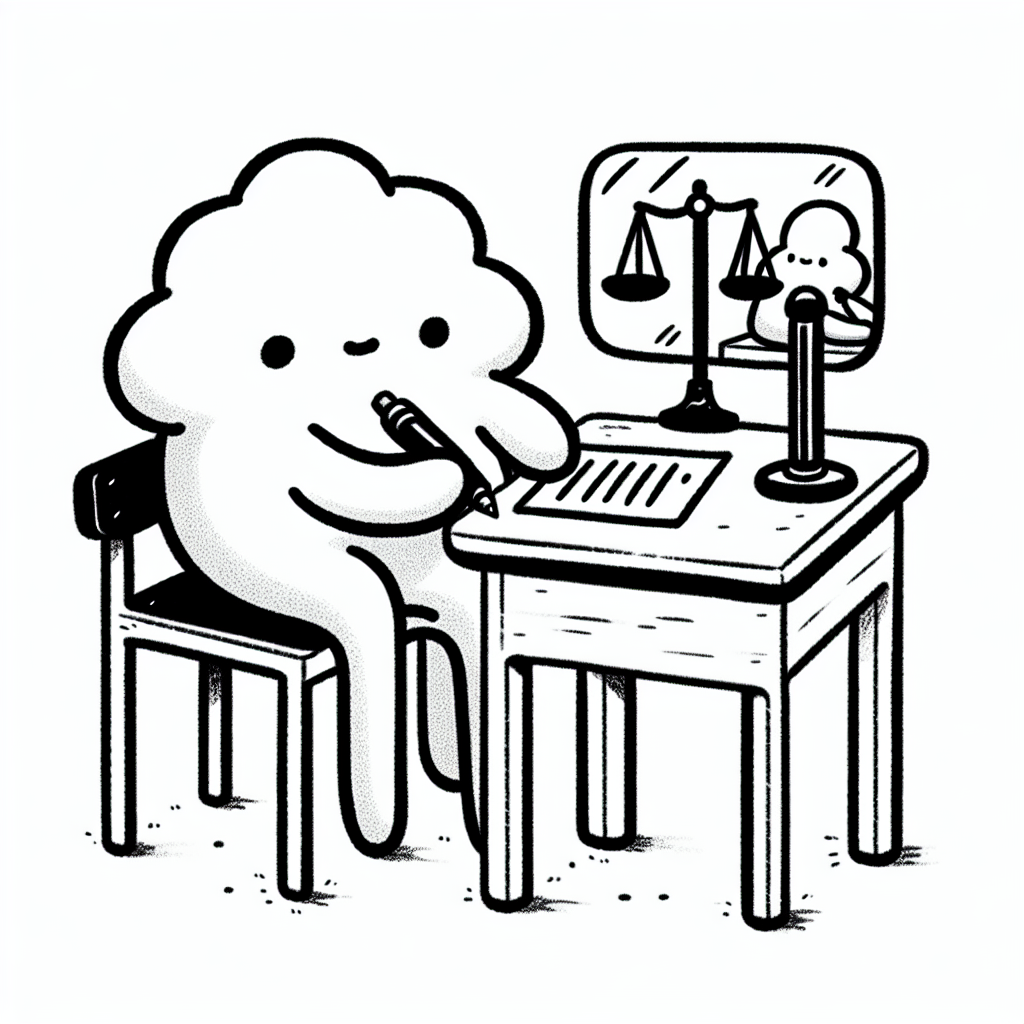
❌ Common Mistakes to Avoid
When crafting a compelling narrative, it's essential to understand what not to do. Here are common personal statement writing mistakes that can undermine your application:
Listing Accomplishments Without Context or Reflection
One frequent misstep is simply listing achievements without explaining their significance. Admissions committees look for insight, not just a resume in paragraph form. According to the University at Buffalo – Develop a Strong Personal Statement, applicants should reflect on why their experiences mattered and how they shaped their goals, rather than just stating what they did.
Writing a Generic or One-Size-Fits-All Statement
A personal statement should be tailored to the specific program or opportunity. Submitting a broad or vague essay signals a lack of genuine interest or effort. Avoid using the same statement for multiple applications without customizing it to fit each context.
Focusing Too Much on Others Instead of Your Own Perspective
Another common error is centering the story on someone else—like a mentor, family member, or public figure—without connecting it back to your own journey. While it’s fine to mention influential people, the focus should remain on your personal development and aspirations.
Repeating Information Already Included in Your Resume or Transcripts
Your personal statement should offer new insights beyond what’s listed in your application materials. Instead of reiterating your GPA or job titles, use the space to share experiences, motivations, and challenges that reveal who you are and why you’re a strong fit for the program.
Avoiding these pitfalls is key to applying effective personal statement writing tips and making a strong impression.

Revising and Finalizing
Seek Constructive Feedback
One of the most effective personal statement writing tips is to seek constructive feedback. Share your draft with mentors, advisors, or trusted peers who can offer honest critiques. Their perspectives can help identify areas that need clarification or improvement. Don't hesitate to go through multiple rounds of review to fine-tune your tone and message. According to Wayne State University – Five Tips for Personal Statements, engaging others in the review process is key to developing a strong, polished statement.
Proofread Carefully
Once you've incorporated feedback, focus on proofreading. Carefully check for grammar, spelling, and punctuation errors. Reading your personal statement aloud can help you catch awkward phrasing or transitions that disrupt the flow. This step ensures your writing is professional and error-free, reinforcing your attention to detail—an essential quality in any applicant.
Customize for Each Application
Another vital personal statement writing tip is to tailor your statement for each institution. Customize your content to reflect the mission, values, and specific programs of the school you're applying to. This demonstrates genuine interest and helps your application stand out. Michigan State University James Madison College – How to Write a Personal Statement emphasizes the importance of aligning your statement with the unique characteristics of each program.
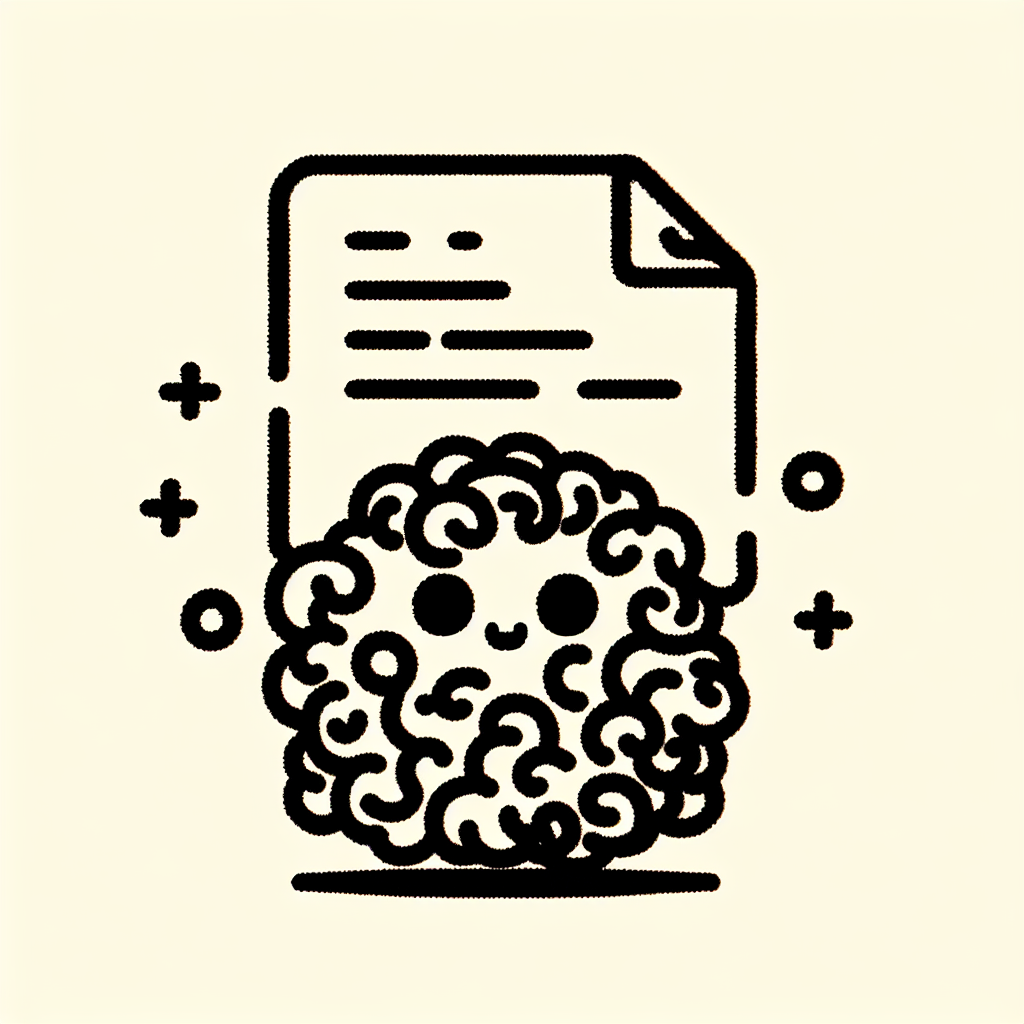
✅ Final Checklist Before Submission
Before submitting your personal statement, use the following checklist to ensure it aligns with established personal statement writing tips:
- Authentic Voice and Goals: Review your statement to confirm it genuinely reflects your personality, values, and long-term objectives. Admissions committees seek a clear sense of who you are and what drives you, so your voice should be consistent and sincere.
- Logical Structure: Make sure your essay follows a coherent structure—typically an engaging introduction, a well-developed body, and a thoughtful conclusion. A logical flow helps readers follow your narrative and understand your key points easily.
- Show, Don’t Just Tell: Instead of simply stating your strengths, illustrate them through concrete examples and experiences. This approach makes your claims more credible and memorable, a recommendation echoed by Purdue OWL’s guidance on avoiding generic statements (Purdue OWL).
- Thorough Review and Edits: Carefully proofread your statement for grammar, clarity, and tone. Seek feedback from mentors, advisors, or writing centers. The University of Minnesota emphasizes the importance of multiple revisions to refine your message (University of Minnesota).
- Tailored to the Program: Customize each personal statement for the specific program or institution. Mentioning faculty, curriculum, or values unique to the program shows genuine interest and fit, a strategy supported by Wayne State University’s advice on personalization (Wayne State University).
By applying these personal statement writing tips during your final review, you enhance your chances of presenting a thoughtful and competitive application.




